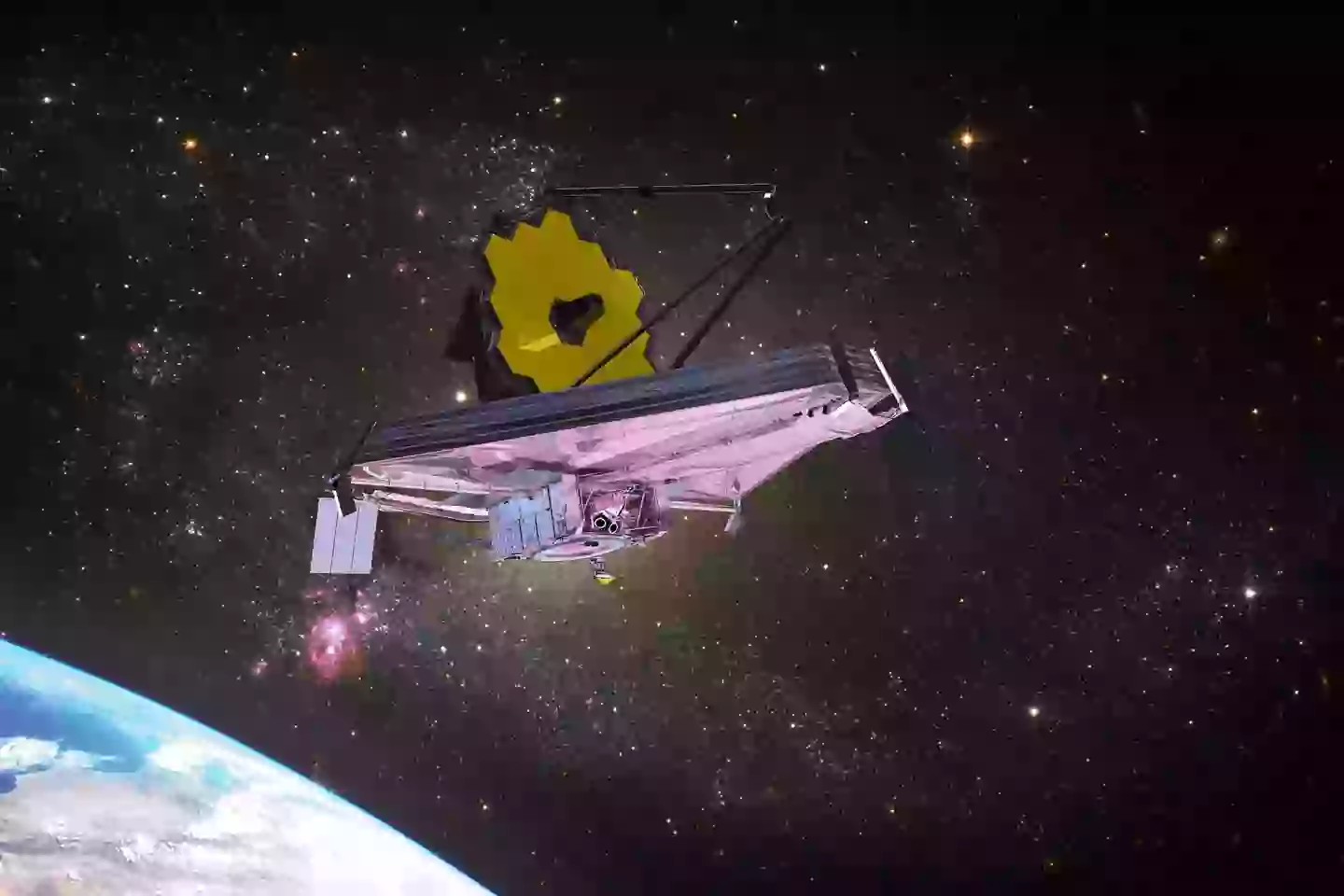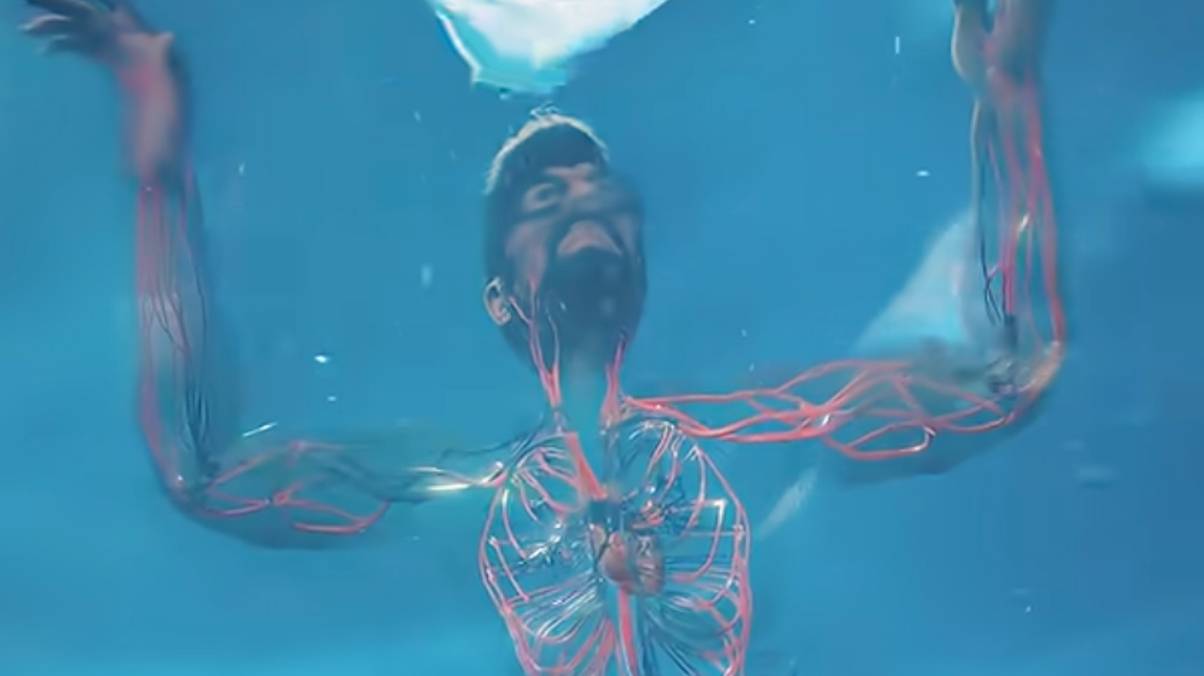“Unveiling the Cosmic Drama: James Webb Reveals the Mysteries of a Dying Star 1,000 Light Years Away”
Isn’t it mind-boggling to think that up there, over 1,000 light-years away, a dying star is putting on a grand show for us? Well, thanks to the James Webb Space Telescope, we’re finally getting a clear look at this cosmic phenomenon that was once a fuzzy blur. NASA’s Jet Propulsion Laboratory (JPL) just rolled out stunning images, unveiling layers of beauty that we’ve never really seen until now! Launched on Christmas Day 2021 (how’s that for a holiday gift?), this marvel of technology allows us to peer back into the past of our universe, and boy, does it bring the drama! So, get ready to dive into the depths of space and unravel the mysteries of NGC 1514—a breathtaking spectacle that has stargazers everywhere buzzing. Curious to see how stars die in style? Buckle up, folks! LEARN MORE.
The James Webb Space Telescope has given the first proper look at a dying star which exists over 1,000 light-years away.
The news was announced by NASA’s Jet Propulsion Laboratory (JPL), which revealed the images that show the incredible phenomenon.
NASA’s JPL is a research and development laboratory, initially founded by the California Institute of Technology, which is now run by NASA.
In a press release put out yesterday, April 14, NASA announced that they had gathered photos of ‘previously unseen layers of a dramatic cosmic scene’.
The James Webb telescope is the premier space telescope, launched on Christmas Day 2021, and is currently orbiting the Sun some 1.5 million kilometres away.
This allows imagery to be picked up from much further distances, with NASA describing the telescope as studying ‘every phase in the history of our Universe’.
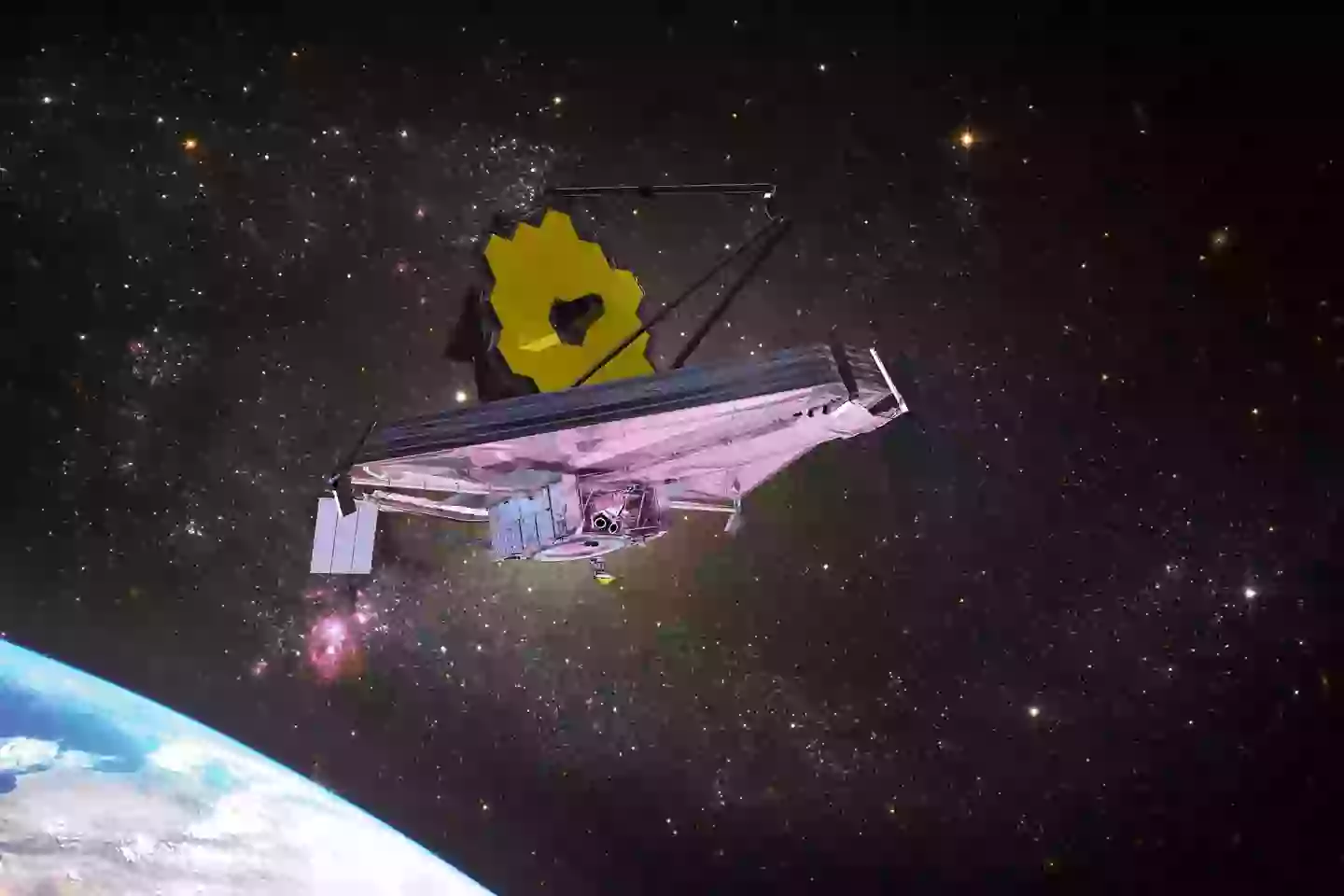
The James Webb Space Telescope (24K-Production via Getty Images)
In this case, it allowed imagery of a dying star, previously only captured in fuzzy images, to be picked up in crystal clear colour.
One particular instrument on the telescope, the Mid-Infrared Instrument (MIRI), was essential in allowing this to happen.
Mike Ressler, a researcher and project scientist for the Webb telescope’s MIRI, said: “Before Webb, we weren’t able to detect most of this material, let alone observe it so clearly.
“With MIRI’s data, we can now comprehensively examine the turbulent nature of this nebula.”
At the centre of the nebula is a pair of stars, which appear as one in the picture, one of which used to be ‘several times more massive than our sun’.
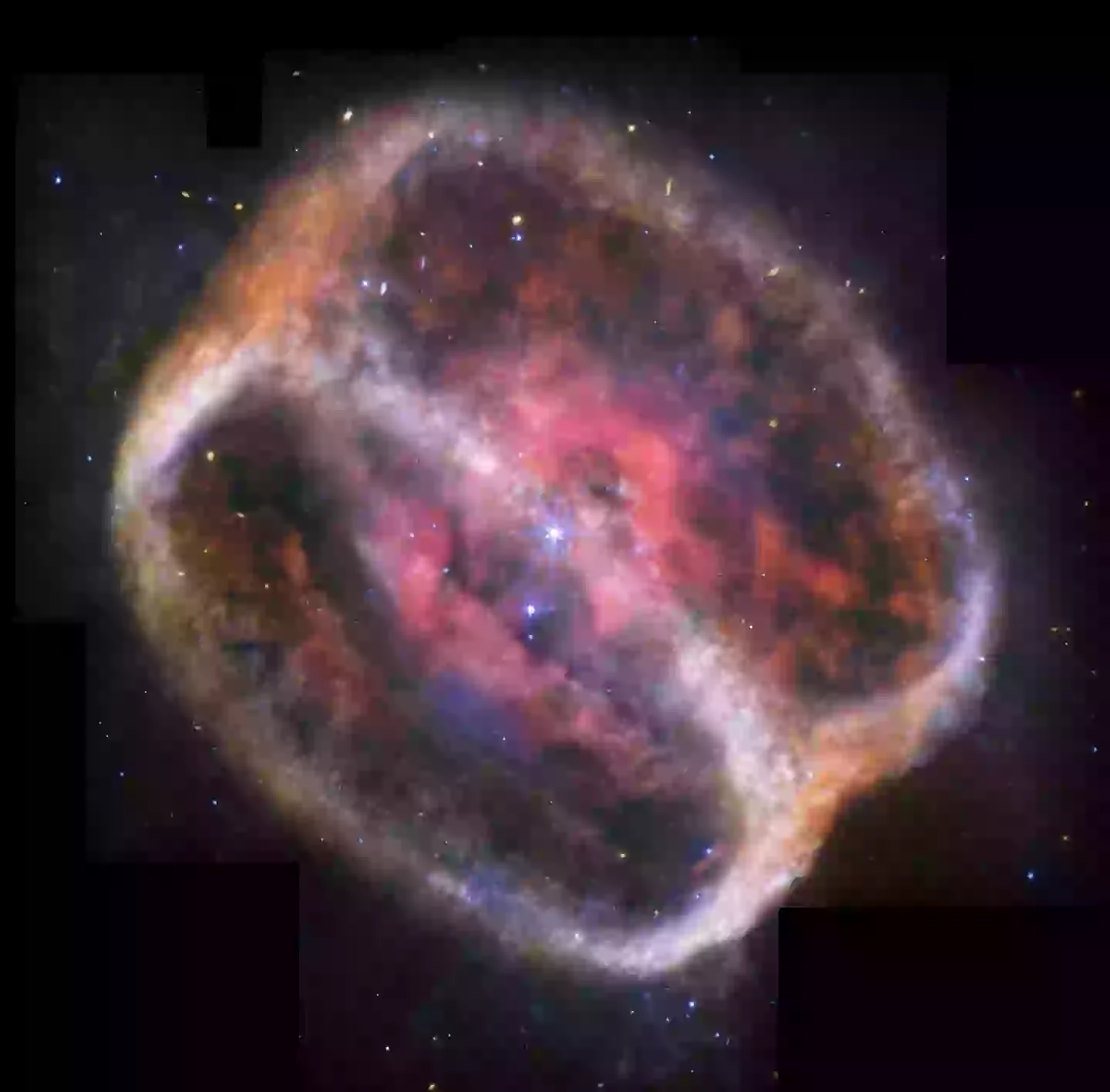
The full image of the nebula (NASA, ESA, CSA, STScI, Michael Ressler (NASA-JPL), Dave Jones (IAC))
David Jones, a scientist at the Institute of Astrophysics on the Canary Islands, proved that there were two stars at the centre in 2017, saying of the biggest star in the binary: “As it evolved, it puffed up, throwing off layers of gas and dust in a very slow, dense stellar wind.”
The release compared previous pictures of the scene, in which the pair of stars, appearing as one, are surrounded by rings – likely composed of ‘small dust grains, heated by ultraviolet light from a white dwarf star’, to new ones.
The scene, called NGC 1514, is 1,500 light years away in the Taurus constellation and was discovered as far back as 1790.
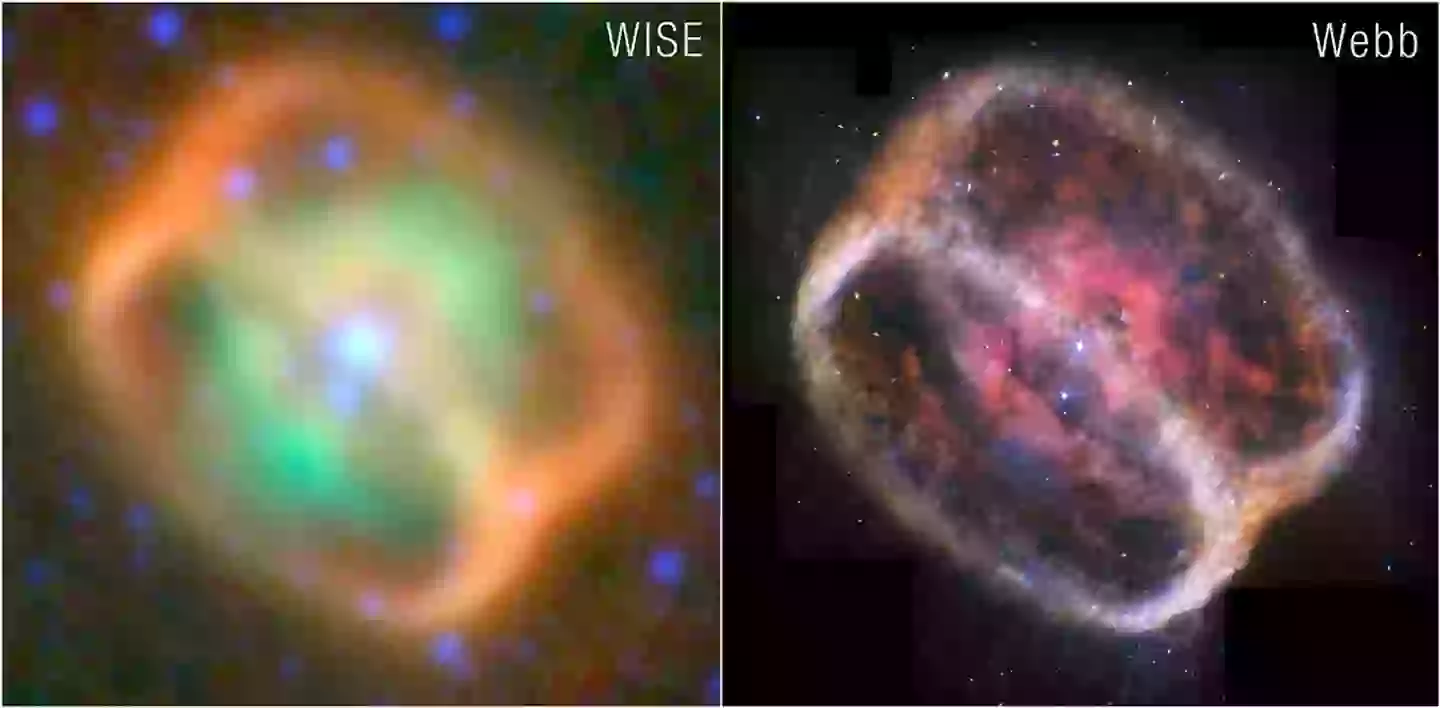
Old pictures of NGC 1514 vs the newest ones, revealed yesterday (NASA, ESA, CSA, STScI, NASA-JPL, Caltech, UCLA, Michael Ressler (NASA-JPL), Dave Jones (IAC))
This news, and beautiful pictures, comes at a fractured time for NASA’s JPL.
In addition to a reported 900 layoffs in recent years, a senior figure was recently confirmed to have been fired due to Donald Trump’s ongoing attempts to remove DEI (Diversity, Equity, Inclusion) positions.
Neela Rajendra previously worked as the laboratory’s Chief DEI officer, before her role was changed to Chief of the Office of Team Excellence and Employee Success following President Trump’s executive order.
JPL director Laurie Leshin confirmed her exit, telling the Daily Mail: “Neela Rajendra is no longer working at [the Jet Propulsion Laboratory].
“We are incredibly grateful for the lasting impact she made to our organisation. We wish her the very best.”
Auto Amazon Links: No products found.
